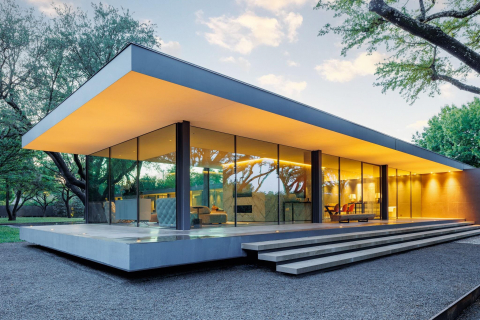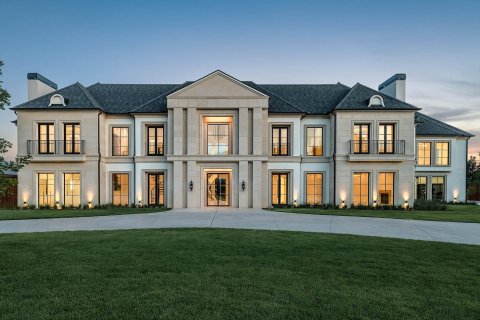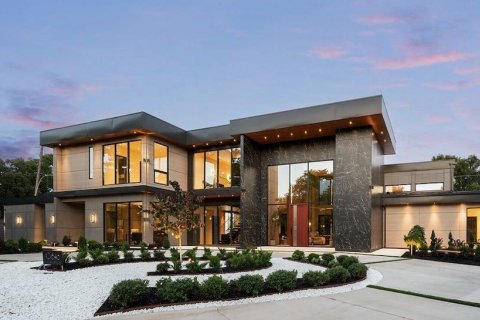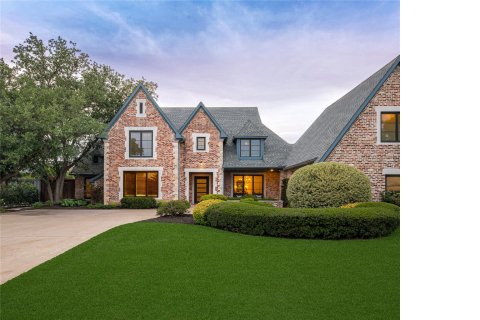One Complex Wine Woman — Bibiana González Rave on Studying in France, Finding California and Fifty Shades
Married to Wine
BY James Brock // 10.30.20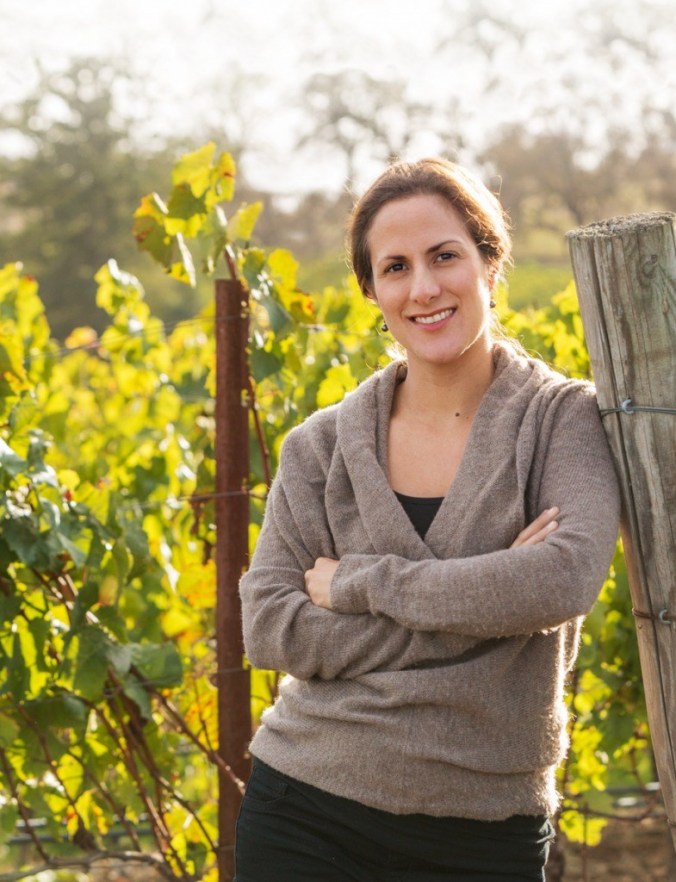
Bibiana González Rave, winemaker at and owner of Cattleya Wines and Alma de Cattleya, wants you to respect California Syrah.
I love to talk about wine with people who share my passion for it. We open bottles, we trade stories about travel and soil types, terroir and residual sugar, and we talk of taste and food and restaurants. We recommend wines to one another, we drink, and we learn a lot.
In Wine Talk, I introduce you to friends, acquaintances, and people I meet as I make my way around the world, individuals who love wine as much as I do, who live to taste, who farm and make wine. You’ll appreciate their insight, and I hope you’ll learn something from them as well.
Bibiana González Rave is a complex individual.
She learned how to make wine while attending university in France (the Lycée de L’Oisellerie in Angoulême and the University of Bordeaux); developed her skills in Cognac (Lycée Agricole de L’Oisellerie), Burgundy (Domaine Devevey), Bordeaux (Château La Dominique, Château Haut-Brion, and Château La Mission Haut-Brion), and Côte-Rôtie (Domaine Michelle & Stéphane Ogier and Domaine Clusel-Roch), and Alsace (Domaine Scheidecker); in a particularly hectic three-year period worked six harvests; has a degree in chemistry, earned in her hometown of Medellín, Colombia. And she is married to a fellow winemaker, Jeff Pisoni, with whom she makes wine under the Shared Notes label.
Did I mention that Rave, who resides in Santa Rosa, owns Cattleya Wines and Alma de Cattleya? She does, and the wines she is making at both operations are worthy of attention — the former brand encompasses her high-end offerings, while the latter comprises her entry-level range, including one of the best sauvignon blancs ($22) I’ve tasted in a long while. (I forgot to tell you that she was the San Francisco Chronicle Winemaker of the Year in 2015.) As I said, Rave, the mother of two sons, is complex, busy and a great winemaker.
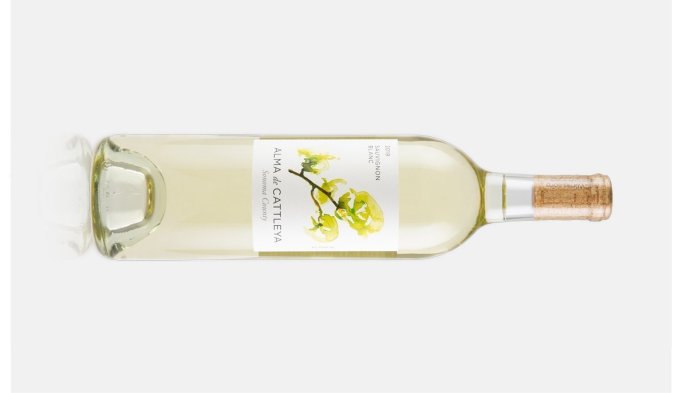
Rave’s journey took her to California in 2004, when she moved to Sonoma and began immersing herself in the Golden State wine world. She took positions at Qupé, Peay Vineyards, Au Bon Climat, Lynmar Estate (where she was winemaker from 2009 through early 2012) and Pahlmeyer, among others. She founded Cattleya — name after the national flower of her homeland — in 2012, and launched Alma de Cattleya in 2015.
Earlier this year, I participated in an informative and fun virtual tasting with Rave, which marked the occasion on which I met her. The session also included her husband Jeff and Mark Pisoni, Jeff’s brother, who is vineyard manager at Pisoni Estate. We tasted the 2019 Alma de Cattleya Rosé of Pinot Noir, the 2019 Sonoma County Alma de Cattleya Sauvignon Blanc, the 2018 Lucia VineyardsSonoma County Chardonnay, and the 2018 Santa Lucia Highlands Lucia Pinot Noir (the latter two made by Jeff Pisoni), all off which are drinking well.
While I much prefer in-person meetings and conversations, this long-distance talk demonstrated more than clearly that Rave is a passionate perfectionist when it comes to making wine. When I mentioned to her that I noticed a slight haziness in the sample bottle of sauvignon blanc I had received, she responded with what approached alarm, apologizing profusely. A few days later, she sent an email explaining the haziness, which had to do with temperatures during shipping. I like drinking wines made by such people.
I look forward to meeting Rave and her husband in person, but until then, sampling her wines, including a 2017 syrah that I cannot wait to open, must suffice. (Reviews to come soon.)
Here is Rave’s Wine Talk.
James Brock: Tell us about three wines you think are drinking well at the moment. What makes them worthwhile? How about a food pairing for each one?
BR: First, the 2019 Alma de Cattleya Sauvignon Blanc. I love making sauvignon blanc wines and the weather right now is just perfect for it. This summer we’ve been cooking a lot of fish with roasted vegetables and the Alma has been a staple for the season.
Next, the 2019 Lucy Rosé. I am a big fan of my husband’s rosé of pinot noir — unbiased, I promise! It’s made entirely with estate fruit, farmed sustainably, and just overdelivers on quality for the price. This rosé is so flexible with food pairings, or simply an apéritif all by itself.
Finally, the 2018 Château de Saint Cosme – Côtes du Rhône. It is the entry-level wine produced by this property, but a great wine that should be perfect for outdoor dining, BBQs, light salads, pizza-to-go, etc.
JB: If cost was no consideration, tell us the one bottle you would add to your personal collection, and why?
BR: I am a huge fan of Chatêau Haut-Brion, and their Bordeaux blanc is far out of my budget. If cost was not a consideration, I would have every single vintage of that wine. I gained a very special appreciation for their wines when I worked there during the 2003 vintage. I attended the University of Bordeaux and had the opportunity to do my thesis research with them. I was able to spend six months working with an extraordinary team focused on excellence — and some of the best fruit I have ever tasted from a vine.
I know the wines are ultra-expensive, so it is hard to talk about a brand that very few people taste. However, working there day to day, you learn why those wines have mystique surrounding them. Their focus on crafting wine is remarkable. I wish I could have a vertical of all their wines going back to 1945, red and white.
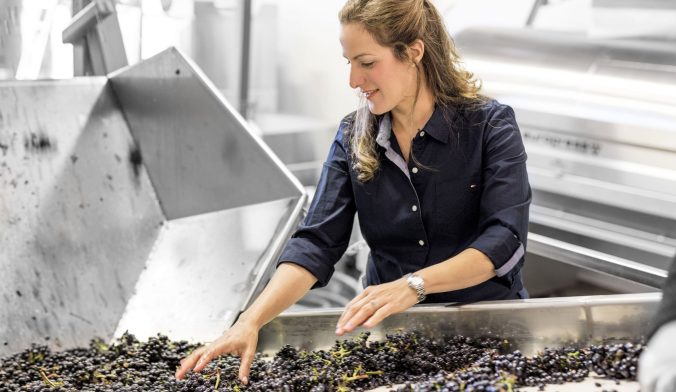
JB: What is your favorite grape, and why?
BR: I would say it is very hard for me to have a favorite grape, especially because I love working with all the different varietals for my three different brands, but if I have to choose one that I am very passionate about, I would say syrah.
I find myself saddened by the bad reputation (or lack of appreciation for) of syrah from California, while someone may feel fine buying a $500 bottle of Guigal or Domaine Stéphane Ogier from Côte-Rôtie (both totally worth that price, especially the Ogier wines). (Full disclosure: Ogier is one of my dearest friends from my time in France.)
I think syrah’s quality in the United State has increased tremendously, mostly from small family estates that continue to put a lot of care into and focus on the making of those wines, such as Alban Vineyards, Dehlinger, Pisoni Vineyards, Peay, and Donelan, among others.
I certainly put a lot of attention to my syrahs. I used my most expensive barrels on my Cattleya from the Soberanes Vineyard and treat the wine the same way I would treat, for example, a cabernet sauvignon from Napa Valley. I tend to do very slow fermentations for a long period of time in tank, then age in barrel between 15 and 24 months.
JB: How about one bottle that our readers should buy now to cellar for 10 years, to celebrate a birth, anniversary, or other red-letter day?
BR: The 2018 Cattleya The Initiation Syrah from the Soberanes Vineyard in Santa Lucia Highlands. I just tasted that wine today before pulling out of barrel for bottling. I decided for this specific vintage to leave the wine in barrel for 22 months. I loved what that extra aging did for the wine. It is a 100 percent French new oak barrel-aging, and the wine is just delicious.
It will be about 85 cases total production only, but I do believe the wine is going to reach a beautiful point in 10 years from now. I was so excited about the taste of the wine that I called my grower to tell him how beautiful it was tasting, and of course, to thank him for his hard work. He happens to be my brother-in-law, Mark Pisoni.
JB: Where is your go-to place when you want to have a glass or bottle?
BR: If we have time to escape for a date, I love to go to San Francisco. The city is a place where my husband, Jeff, and I love to go for special meals. There are just so many remarkable wine lists that have everything you want. We love finding white Burgundy gems on wine lists, from small producers that always excel at their craft and Rhône Valley wines with some age on them. Boulevard Restaurant is one of these spots I have always loved, for food and wine. Their list is phenomenal.
Locally, we enjoy going to a great restaurant called Bird & The Bottle. They have a lot of great dishes and my kids are big fans of their sliders. They also carry the Alma de Cattleya sauvignon blanc by the glass, so that often becomes our selection for lunch or dinner.
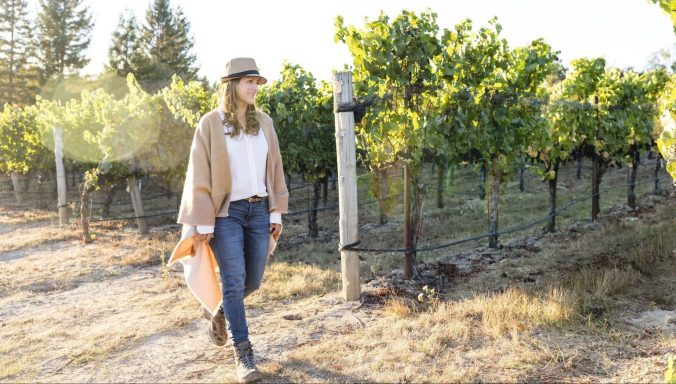
JB: If there was one thing you wish everyone would keep in mind when buying and drinking wine, what is it?
BR: Purity. I believe that even when consumers tell me that they don’t know about wine, or that they are not wine connoisseurs, our bodies always can sense purity in food and wine. So, when you find wines that are intense on the aromatics and with a refined texture, with volume and velvety tannins, then you have found something special.
JB: What is your “wine eureka moment,” the incident/taste/encounter that put you and wine on an intimate plane forever?
BR: 1994 Domaine Romanée Conti, La Tâche
I tasted that wine in 2004, just before departing France to come to California for my first harvest in the United States. The wine already had 20 years of age, and it was just brilliant. I was speechless, having one of those moments you rarely get with wine, when the world disappears around you and all you hear, think, and see is the image of the wine going through the process of being smelled, tasted and consumed. It was the first time I drank pinot noir that made me want to produce wines from that varietal, and here we go. California became that place for me.
JB:What has been the strangest moment or incident involving wine that you have experienced in your career?
BR: The way I got accepted into my first school in France was both pivotal for my career, and very strange in the way it happened. All my initial mailed enrollment applications from Colombia were rejected (11 of them, since I wrote to all 11 schools in France that focus on the BTS of Viticulture and Enology), so I decided to just visit the schools in person. When I arrived at the first school, near Cognac, I met with the school’s principal. He spoke only French, and I spoke only Spanish —yet, somehow, we carried on a conversation for more than an hour!
When he said “Tractor” I was very excited, because Tractor sounds the same in French and Spanish. At the end of our conversation I left convinced that The Lycée of L’Oisellerie would become my new school for the first few years of my education in France. A month later I got a call and the confirmation that I was enrolled in the program I never knew for sure how it worked, but I assumed it was my passion and persistence that convinced him, that and the belief that it was just meant to be.
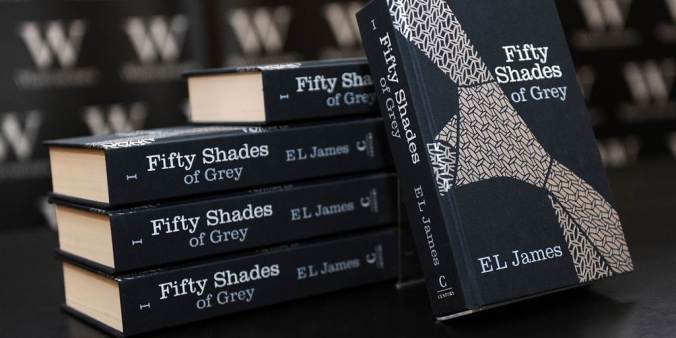
JB: What is your favorite wine reference in a work of literature or a film?
BR: Sancerre in the book Fifty Shades of Gray. I heard from so many people that sancerre has become their favorite wine after they read the book or watched the movie. Cool to see that sauvignon blanc could become popular after being referenced that way.
For extra wine, travel and more from James Brock, check out Mise en Place.
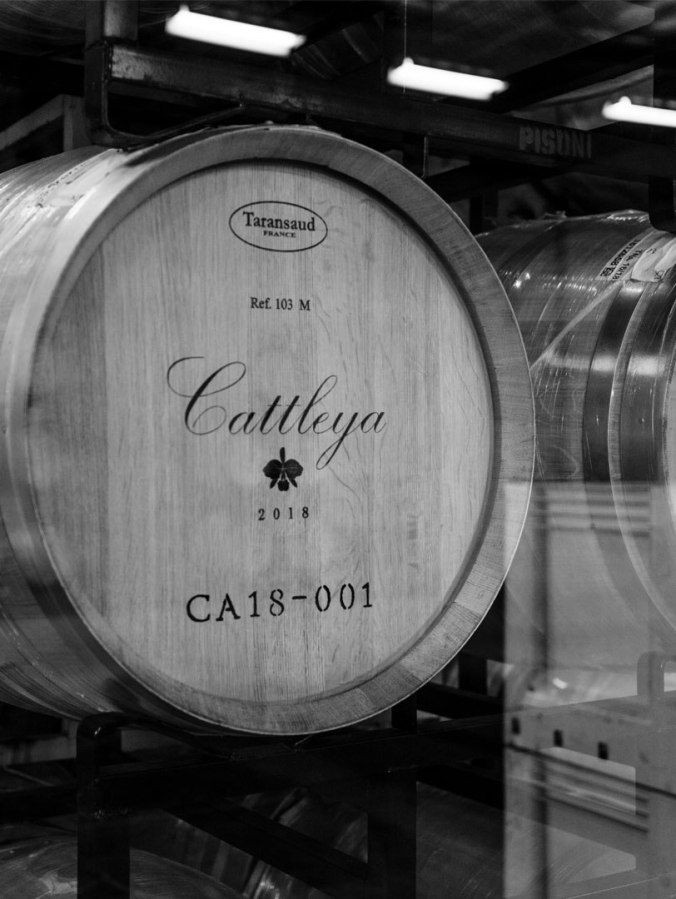





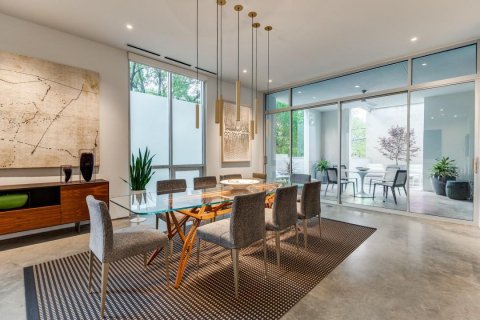



_md.jpeg)




